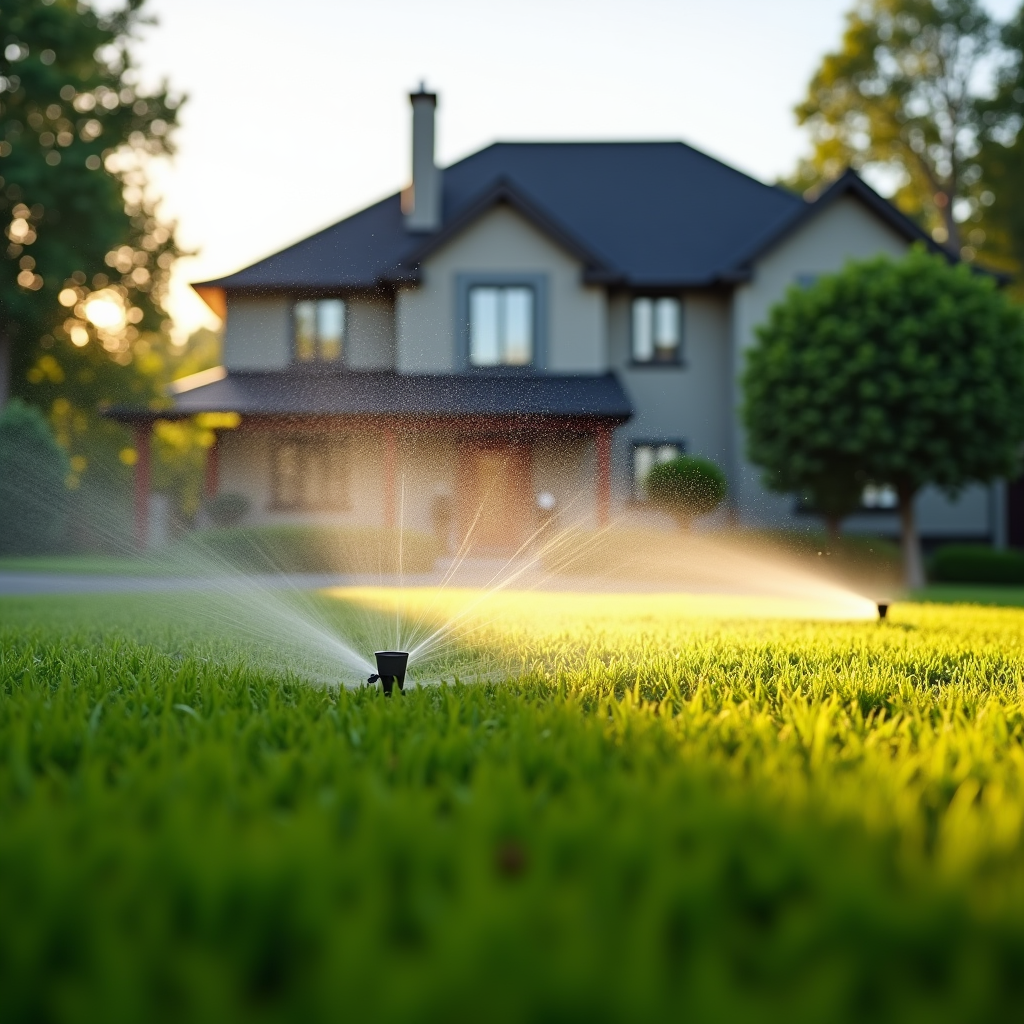Introduction
When the sun sets and darkness envelops your outdoor space, the right pathway lighting can transform your garden or yard into an enchanting retreat. Not only does effective landscape lighting enhance the beauty of your home, but it also ensures safety and accessibility for your family and guests. With so many options available, how do you choose the best practices for pathway lighting? In this article, we will explore various aspects of outdoor lighting to help illuminate your path while creating an inviting atmosphere.
Illuminate Your Path: Best Practices for Pathway Lighting
Pathway lighting serves a dual purpose: it enhances aesthetics while ensuring safety. This section will delve into the best practices to effectively light up those pathways.
Understanding Landscape Lighting
What is Landscape Lighting?
Landscape lighting refers to the use of outdoor lights to enhance the beauty of a property while improving safety and usability. This can include everything from illuminating walkways to highlighting trees and architectural features.
Importance of Landscape Lighting
Why is landscape lighting important? Well, it not only adds visual appeal but also increases property value and creates a welcoming environment. Proper illumination can deter trespassers, prevent accidents, and guide guests comfortably through your space.
Types of Outdoor Lighting
Solar-Powered Lights
Solar-powered lights are fantastic for energy efficiency. They charge during the day and provide illumination at night without needing any wiring or electricity costs.
Advantages:
- Cost-effective Environmentally friendly Easy installation
LED Lights
Light Emitting Diodes (LEDs) are becoming increasingly popular due to their longevity and low energy consumption. They emit bright light in various colors, making them versatile for multiple applications.
Advantages:
- Long lifespan Energy-efficient Bright illumination
Choosing the Right Landscape Lights
Consider Your Space
Before diving into purchasing landscape lights, assess your outdoor space. Do you have a sprawling garden or a cozy backyard? Understanding your layout will help you choose appropriate fixtures.
Light Placement Strategies
Where should you place lights? Here are some popular strategies:
- Pathway Edges: Place lights along both sides of walkways. Spotlighting: Highlight features like trees or sculptures. Wall Washing: Illuminate walls or fences to create ambiance.
Creating Ambiance with Pathway Lighting
Soft vs. Bright Lighting
Soft lighting creates an inviting atmosphere while bright lighting ensures safety. Striking a balance between these two elements can set the mood perfectly.
Soft Options:
- Lanterns Low-voltage fixtures
Bright Options:
- Floodlights Spotlights
Using Color Temperature Wisely
What is Color Temperature?
Color temperature refers to how "warm" or "cool" a light http://caidenzboc102.theglensecret.com/discovering-hidden-gems-uncommon-uses-for-landscape-lights-1 appears on a scale measured in Kelvins (K). Lower values (below 3000K) produce warm yellow tones, while higher values (above 4000K) result in cool white tones.
Choosing the Right Color Temperature for Your Space
For pathways, warmer colors often create an inviting atmosphere, whereas cooler tones may be used for modern designs or security purposes.
Lighting Design Principles
Balance in Design
Incorporating balance in your pathway design means distributing light evenly across all areas. Avoid clustering lights too closely together; instead, space them out effectively to ensure consistent visibility.
Focal Points
Consider what features you want visitors to notice first. Use uplights on trees or downlights on patios as focal points that draw attention while guiding people safely along pathways.
Maintaining Your Outdoor Lights
Regular Cleaning
Dirt and grime can dim even the brightest fixtures over time. Regular cleaning ensures that lights operate at peak performance levels.
Tips for Cleaning:
Turn off power before cleaning. Use mild soap and water with a soft cloth. Check for any obstructions around fixtures regularly.Seasonal Maintenance
Inspecting outdoor lights seasonally allows you to catch small issues before they become significant problems. Look for broken bulbs or damaged wiring after harsh weather conditions.
Power Sources for Outdoor Lighting
Hardwired Systems vs. Plug-in Options
Understanding different power sources will help you decide which system suits your needs best:

| Power Source | Description | Pros | Cons | |--------------|---------------------------------------|-----------------------------------|------------------------------------| | Hardwired | Permanently installed | Reliability & longevity | Higher installation cost | | Plug-in | Easily movable | Simple setup | Less durable; dependent on outlets |

FAQs about Pathway Lighting
What type of pathway lights are best?
The best type depends on individual needs; typically, LED lights offer durability and brightness while solar-powered options provide energy savings without installation hassles.
How far apart should pathway lights be spaced?
As a rule of thumb, aim for 6 to 8 feet apart when placing pathway lights along walkways to ensure adequate illumination without overcrowding it visually.
Can I install pathway lights myself?
Absolutely! Many outdoor lighting systems are designed with DIY installation in mind; however, consulting with professionals might be beneficial if electrical work is required.
What color temperature is ideal for pathways?
A color temperature between 2700K – 3000K offers warm light that creates an inviting atmosphere without being overly harsh or glaring.
Do I need planning permission for outdoor lighting?
Typically, residential pathway lighting does not require planning permission unless you're installing extensive structures; however, checking local regulations is always advisable!
How do I make my landscape lighting more energy-efficient?
Utilizing LED bulbs combined with solar-powered fixtures dramatically reduces energy consumption compared to traditional incandescent options!
Conclusion
The right pathway lighting can truly transform your outdoor spaces into something magical—inviting friends over becomes more appealing when they’re welcomed by beautifully lit paths! By following these best practices discussed above—understanding types of landscape lights available & where/how best utilize them—you’ll surely illuminate not just paths but hearts too! So roll up those sleeves & get ready; let’s make some gorgeous memories together under twinkling stars accompanied by gentle glows illuminating our way!
By implementing these strategies outlined throughout this article titled “Illuminate Your Path: Best Practices for Pathway Lighting,” you're well on your way toward creating stunning landscapes that shine brightly even after sunset!